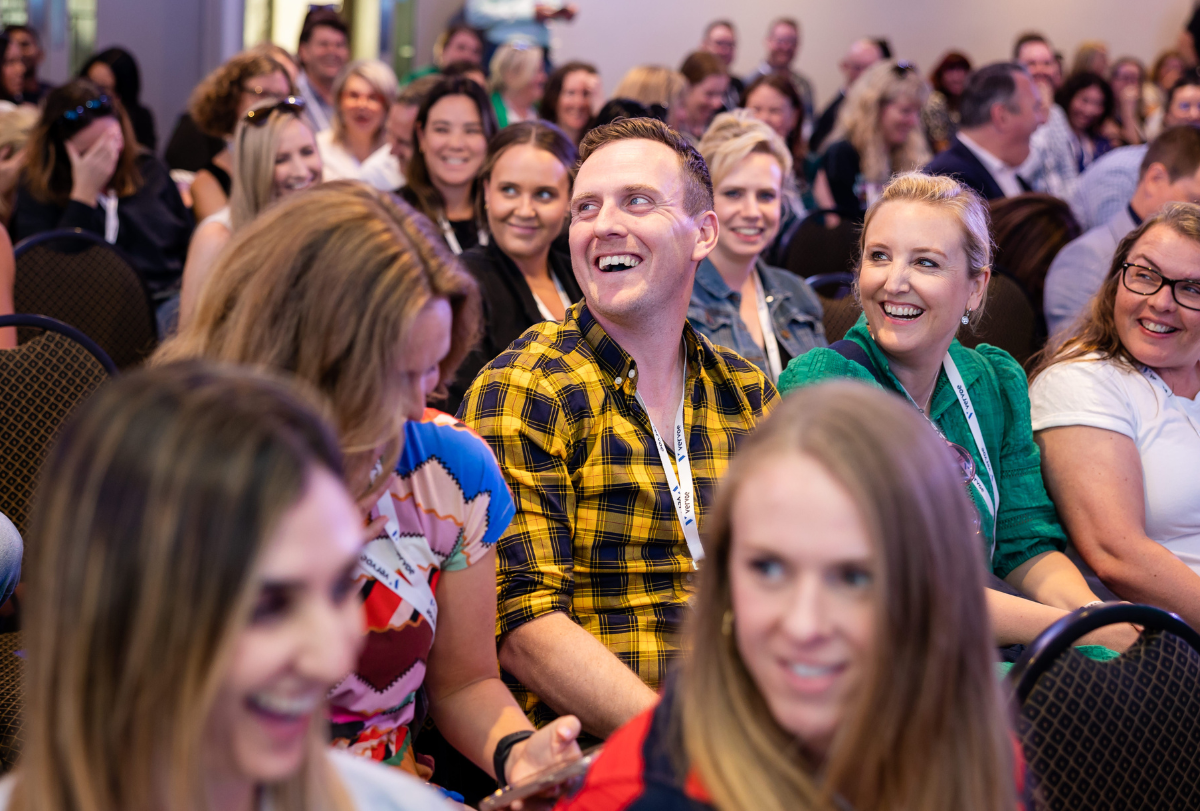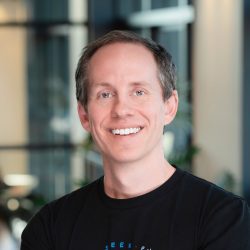Productivity. Get familiar with this soon to be buzz word in the recruitment space. Well, that’s my call anyways.
When was the last time you looked at recruiter productivity? And, when you did review it what data were you reviewing? Let me take a guess:
- Time to hire, number of hires;
- Number of resumes reviewed;
- Number of phone screens or interviews per week;
- Ratio of vacancies to hire;
- How many ads placed;
- Ratio increase of talent pool.
There’s probably a few more standards in there which you take a squiz at on a regular basis. But is there more that you should be looking at?
I’ve seen a few organisations conduct a time motion study of the end to end recruitment process. If you have not already done so, this is an excellent way to understand where you may be able to make improvements with or without the use of technology.
A time motion study captures the time it takes for each activity in the recruitment process to start and end. From the requisition approval process, crafting and publishing advertisements, stakeholder engagement, resume reviews, phone screens, interviews, due diligence, through to offer and on-boarding. You should end up with an approximate consolidated time-to-hire one person for one vacancy. It can be a pretty time consuming task in itself, but it certainly is worth doing. It may even support a business case to acquire some automation tools or perhaps a new Applicant Tracking System (ATS).
Another area you should consider, and probably have not is the lag factor. You know what lag is….’the spinning wheel’ on your screen as you click your mouse button to perform an activity. You then wait, and wait, and wait. Time passing you by, achieving nothing but the zen-like state of being mesmerised by the wheel of wait.
Think about it for a moment.
How long does it take to open a resume in your ATS or move from one candidate to the next? What about a click on a status tab and the time it takes for data to load before you can commence the next action….but wait… and wait… and wait. If you are not having to wait and everything is instantaneous, then you’re one of the lucky ones. Can I come work with you?!
Imagine if each of these actions requires 2, 3, 4, or 5 seconds if not more to perform. Then add into the equation the number of requisitions or resumes you might open in a day. Multiply into that the number of recruiters and you begin to see the picture. The bigger the team, the more volume, the worse the picture gets. You will be surprised at the amount of loss time due to bandwidth, security, or connectivity issues.
Whether it be SSO (Single Sign On), your organisations network limitations, or even your Internet Service Provider (ISP), you need to pay attention to the loss time productivity your team is experiencing and at the very least be flagging it to the business. It is also something to be talking to your vendors about, especially when considering a new investment in an ATS.
For every minute gained, it can be reinvested into sourcing that best fit candidate for your business.
Cover image: Shutterstock






























